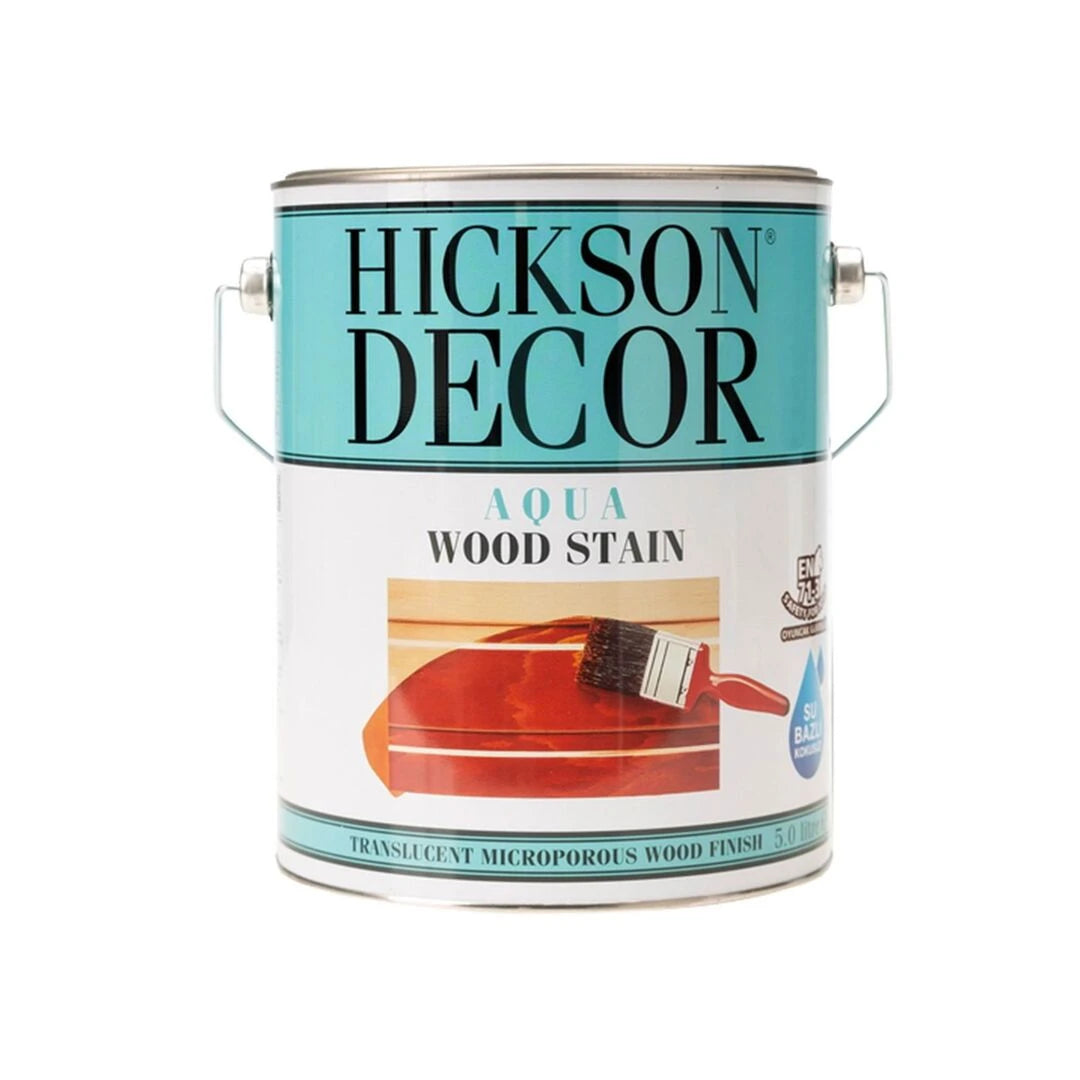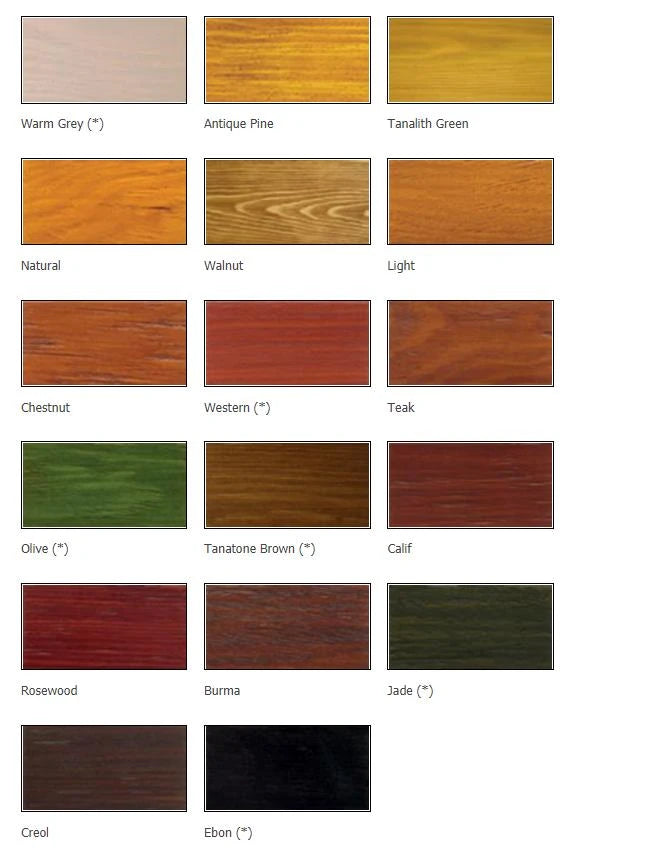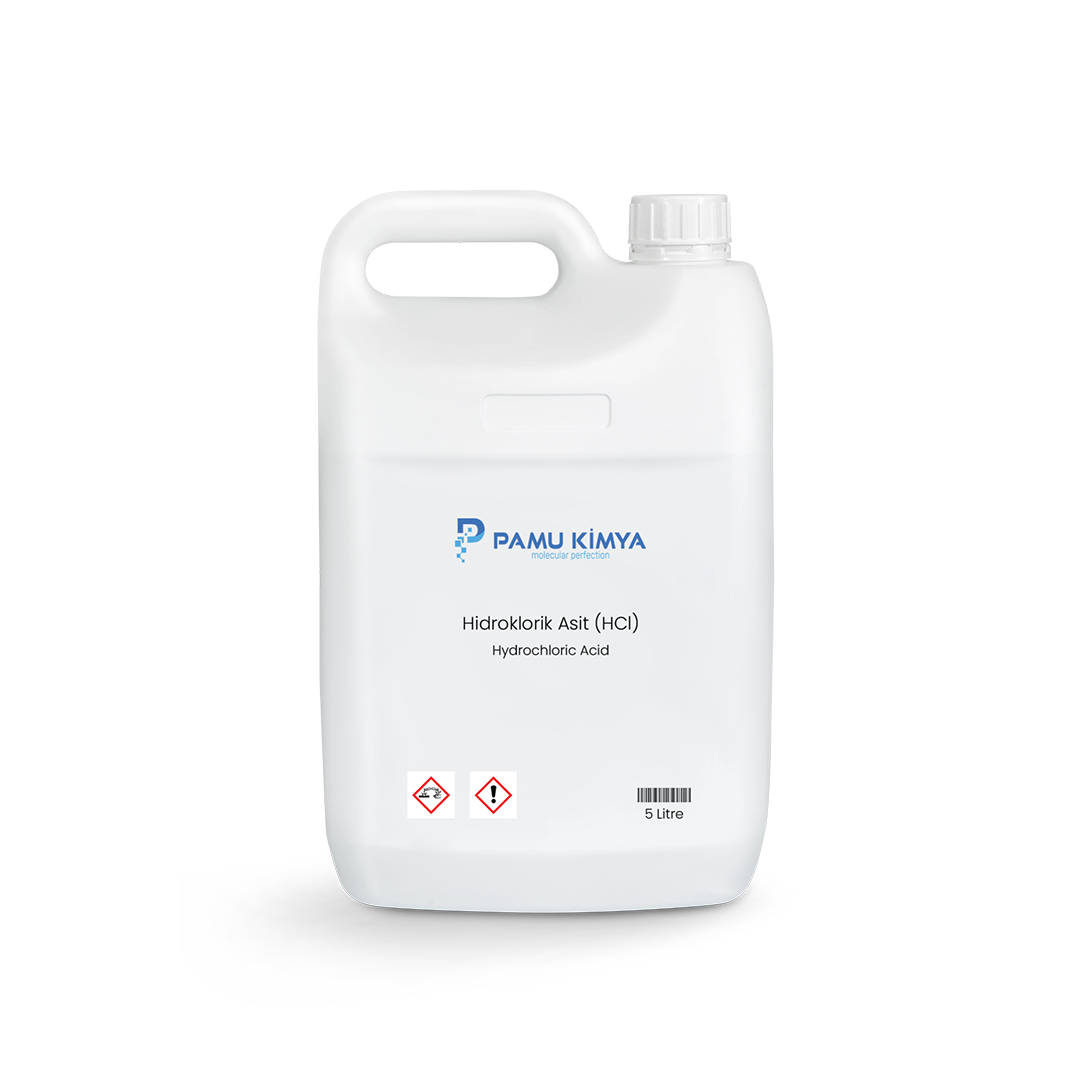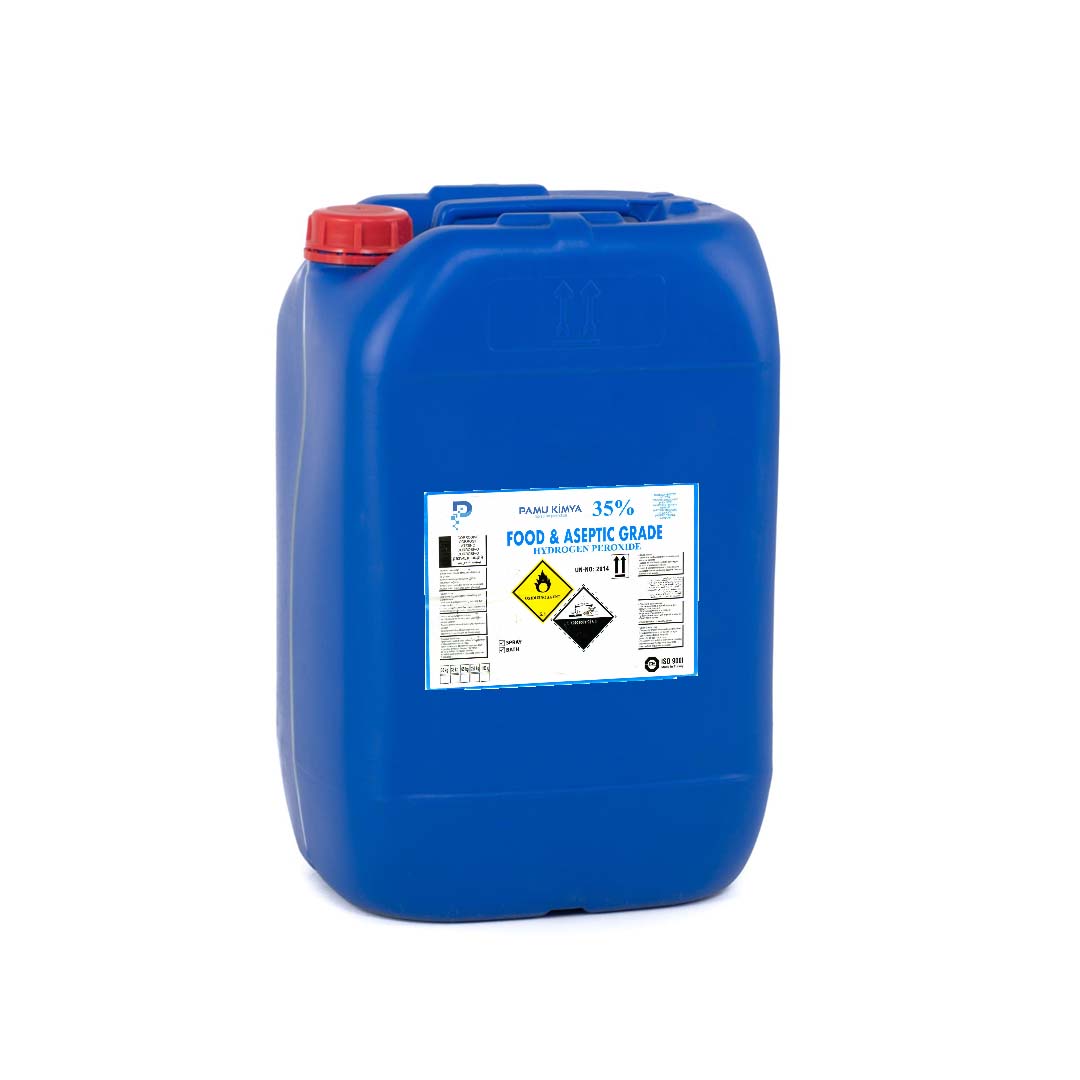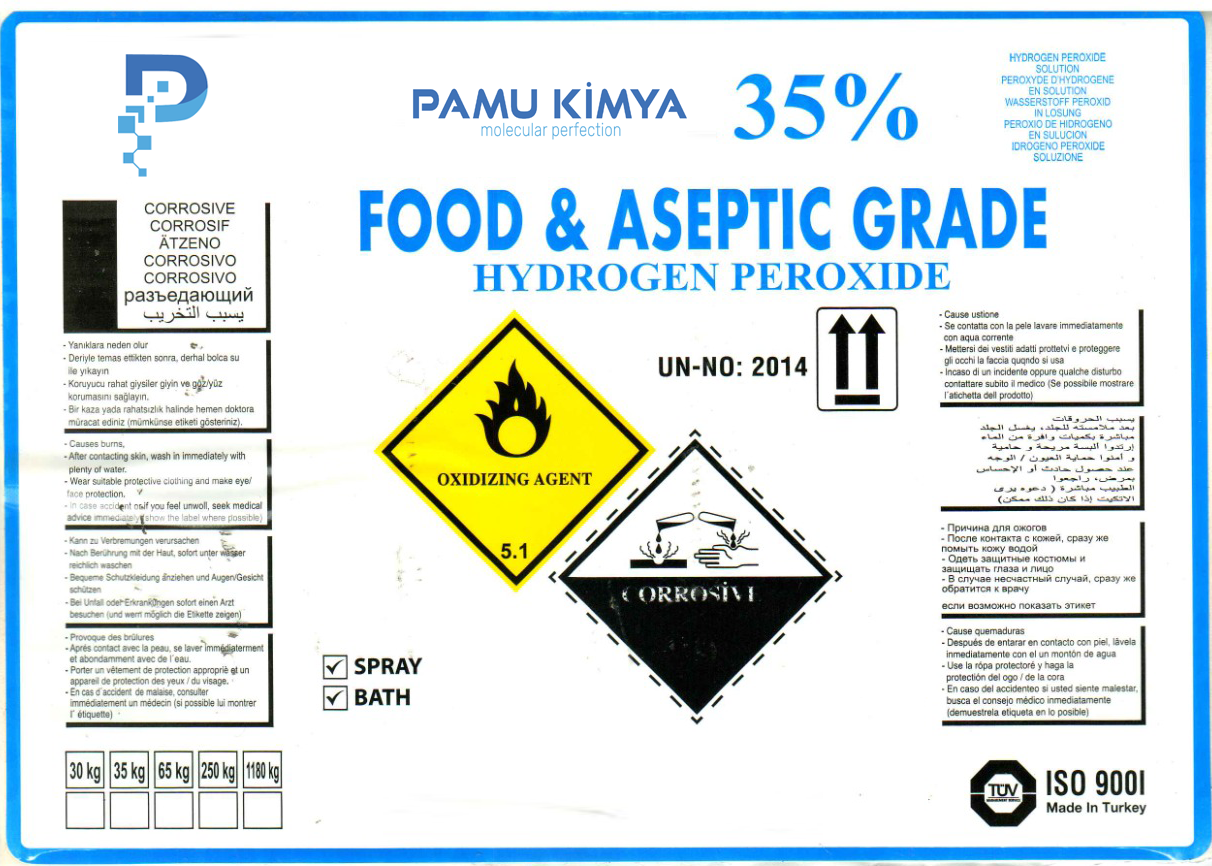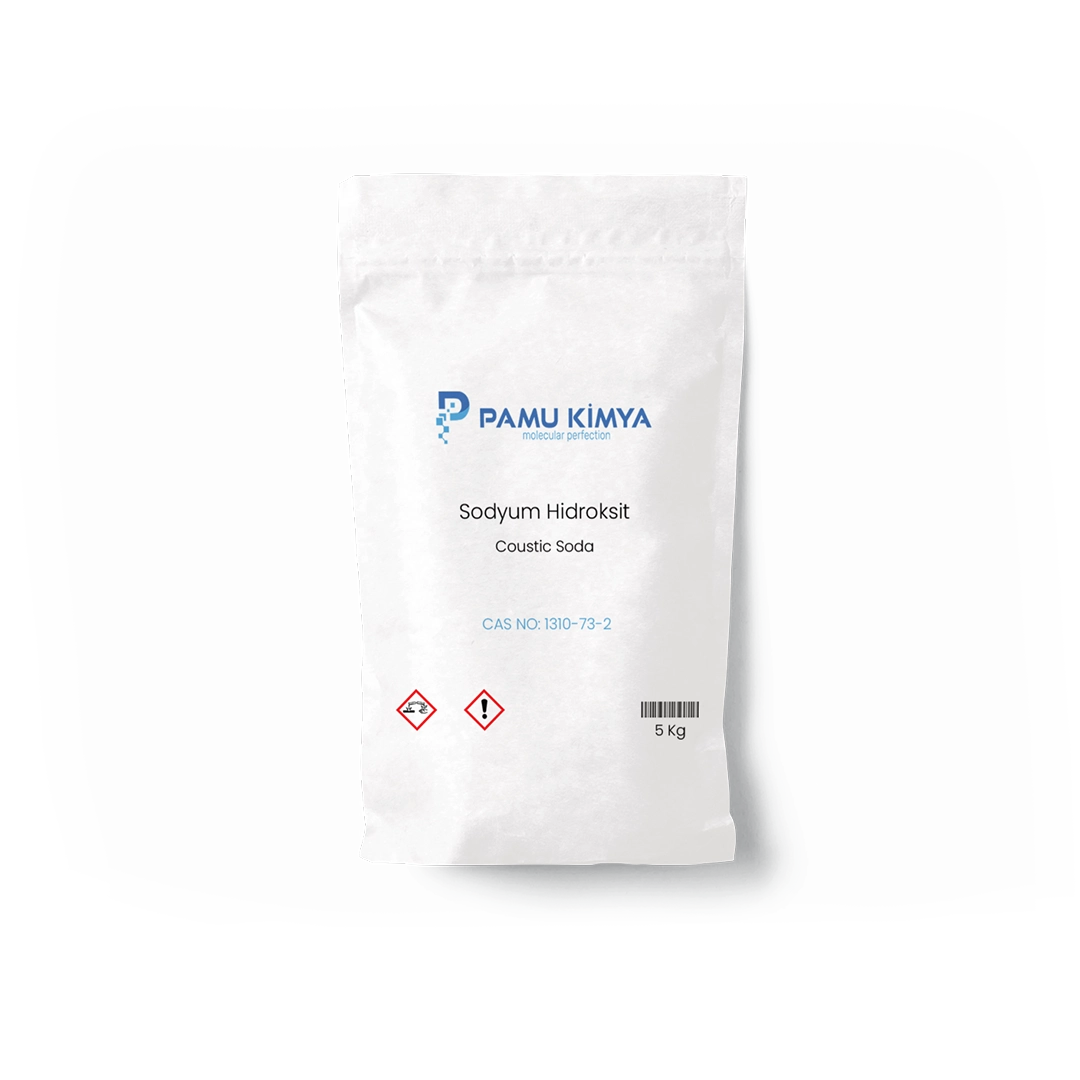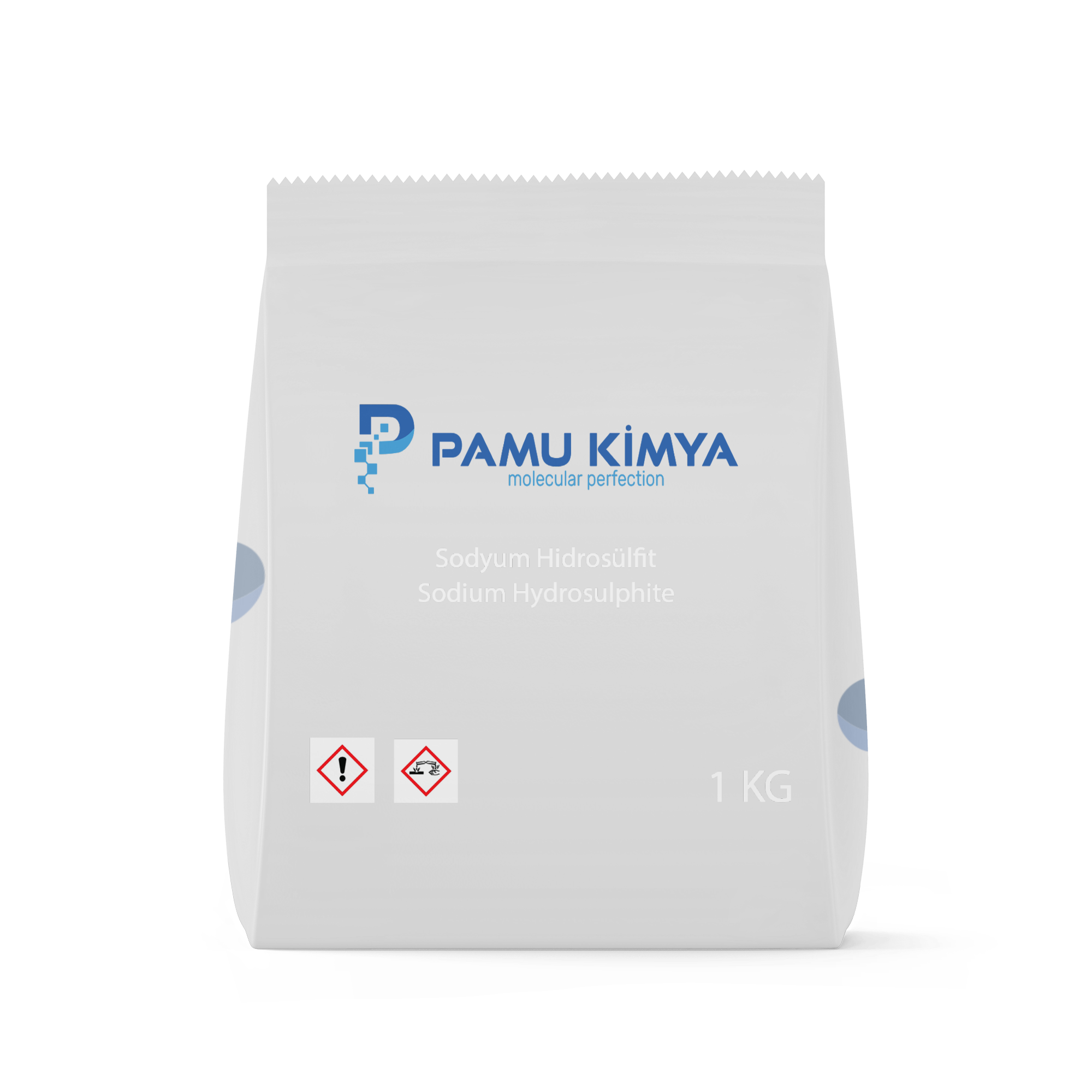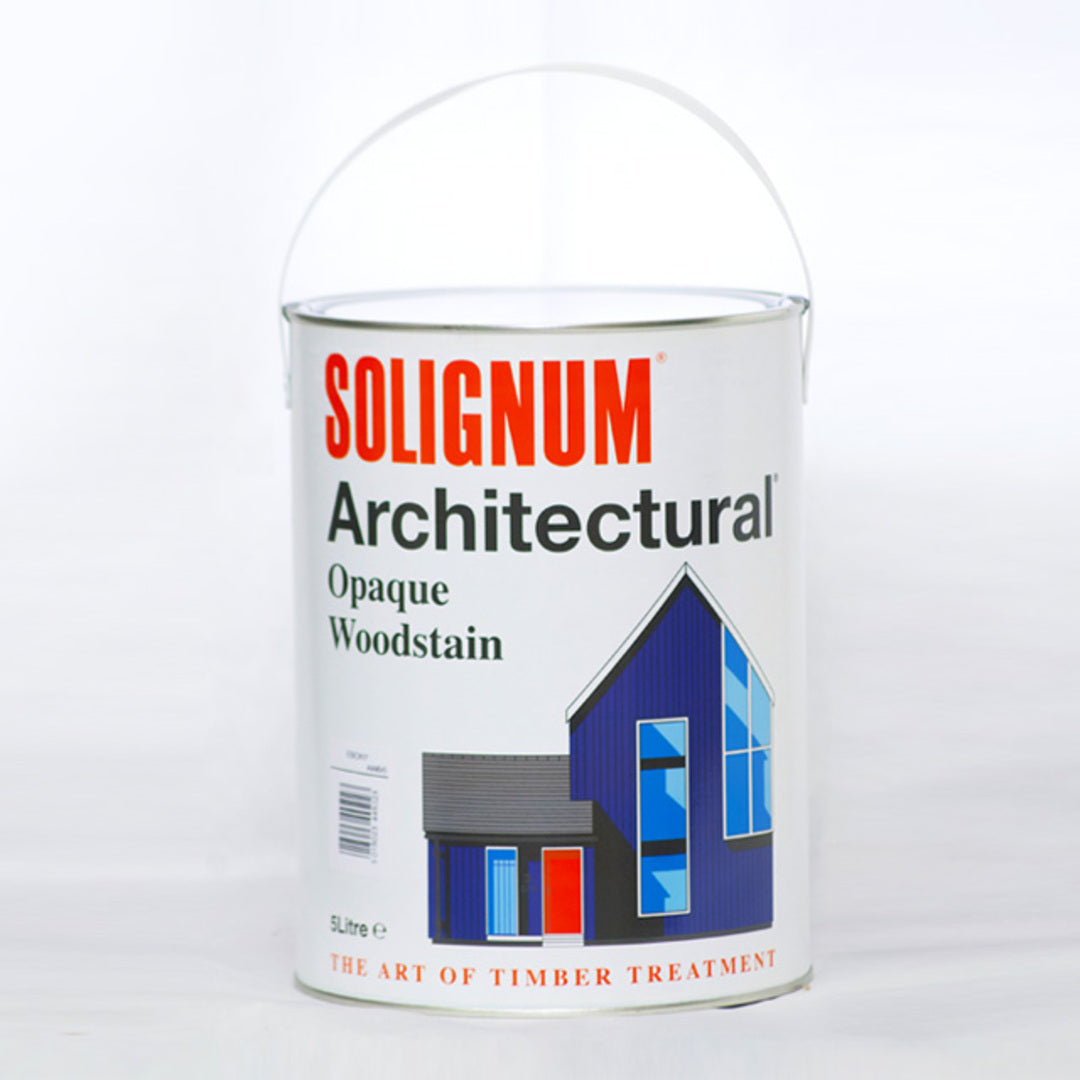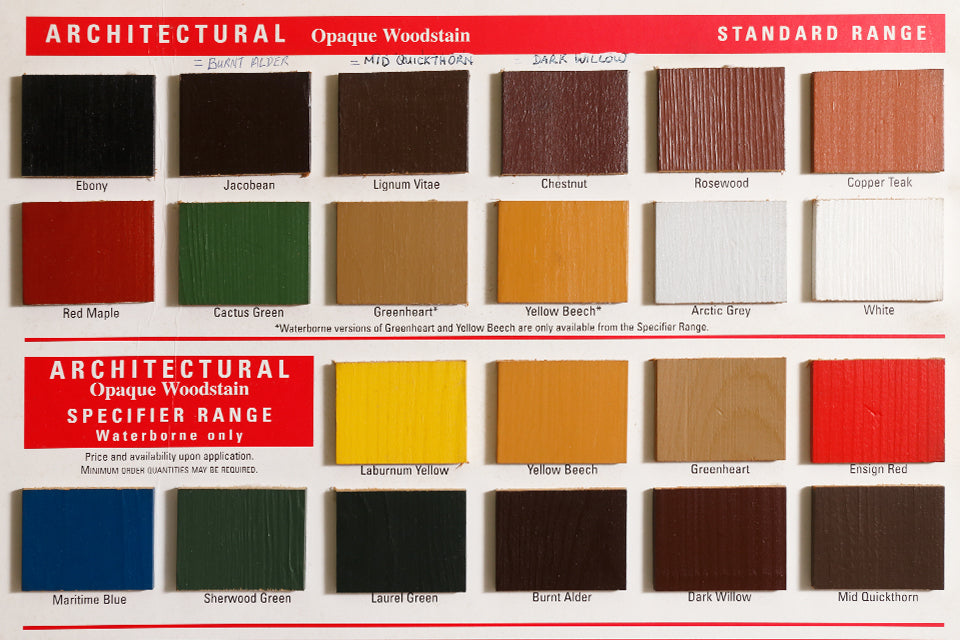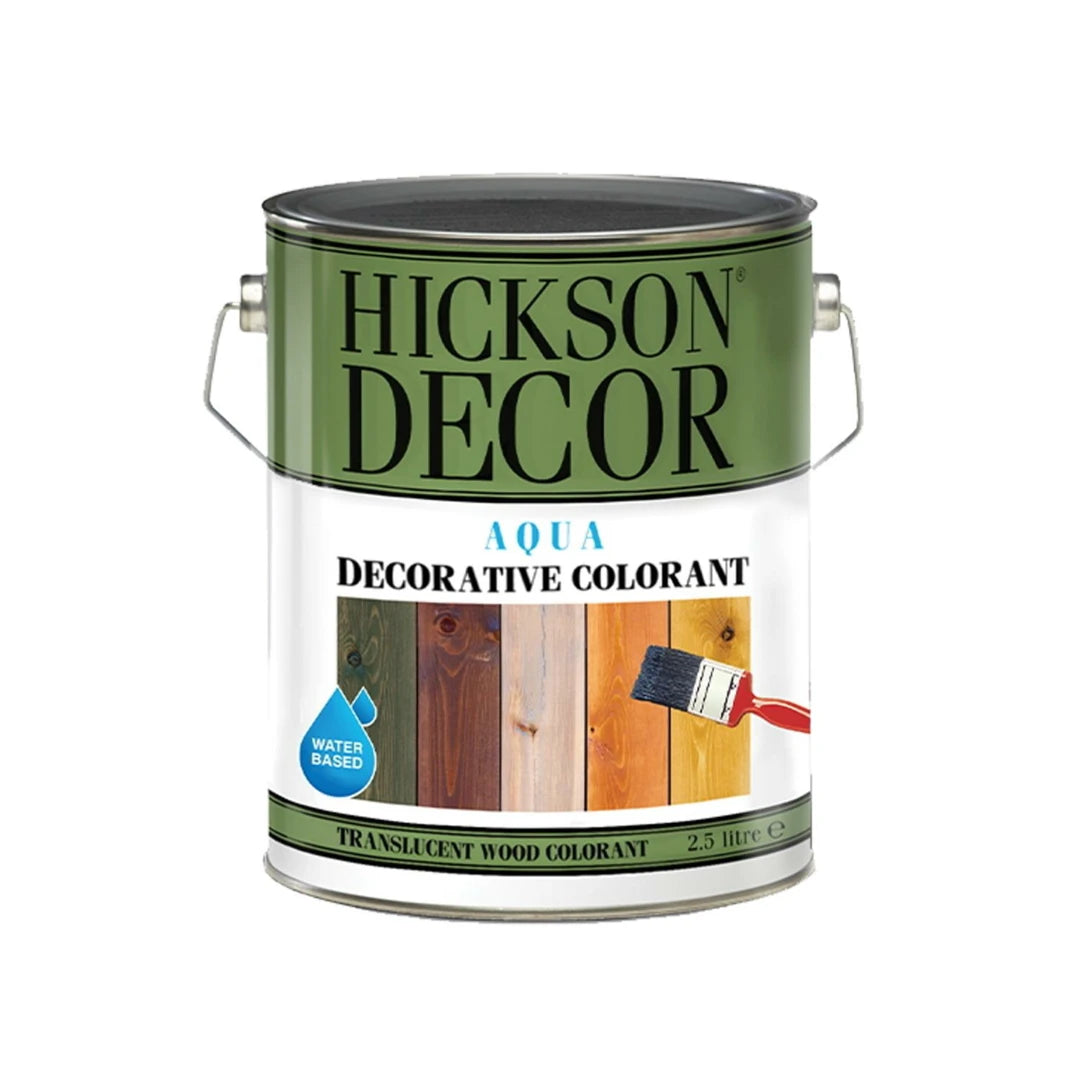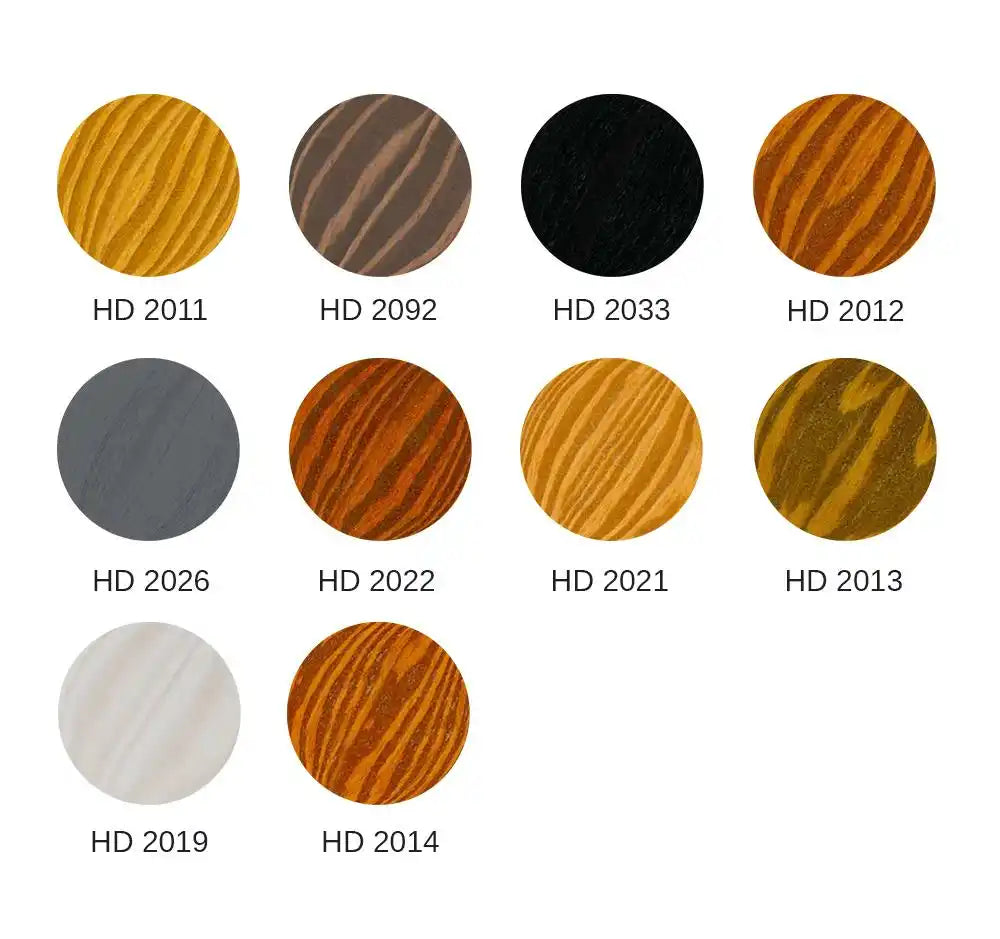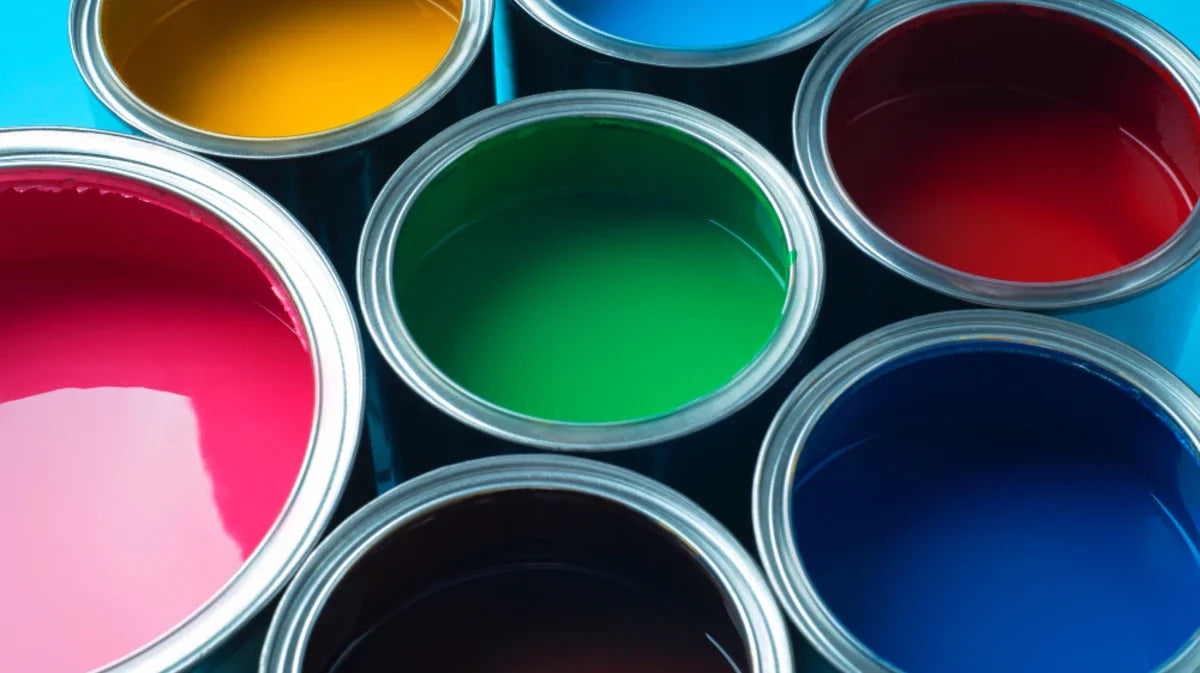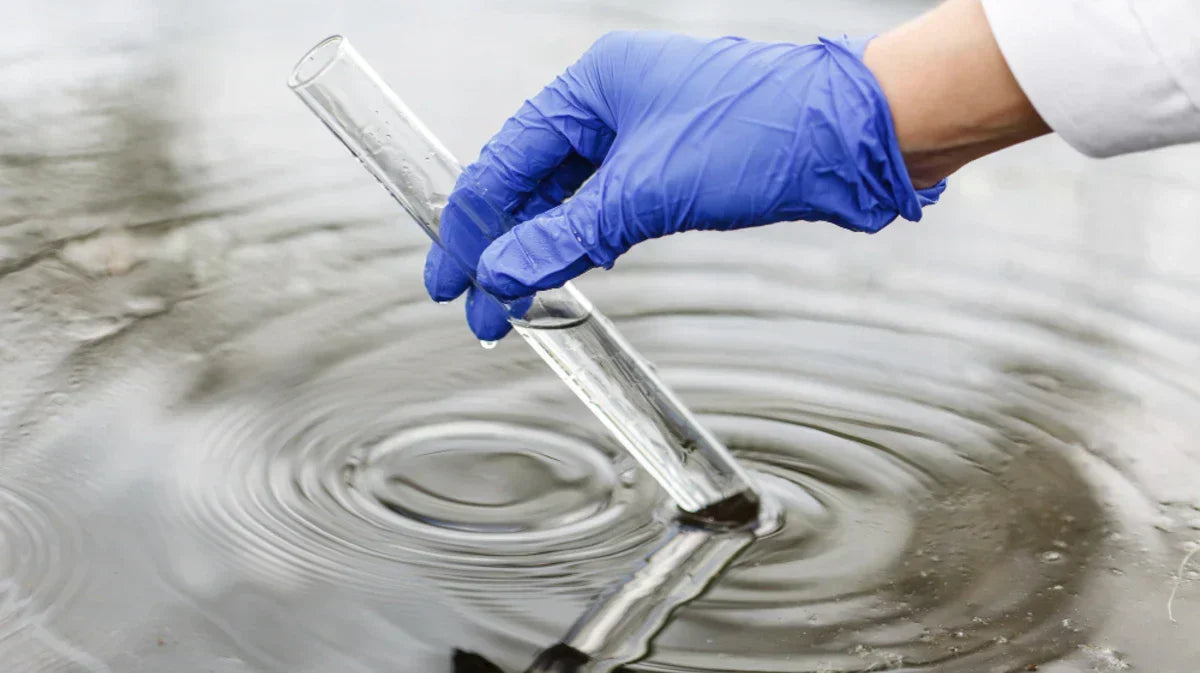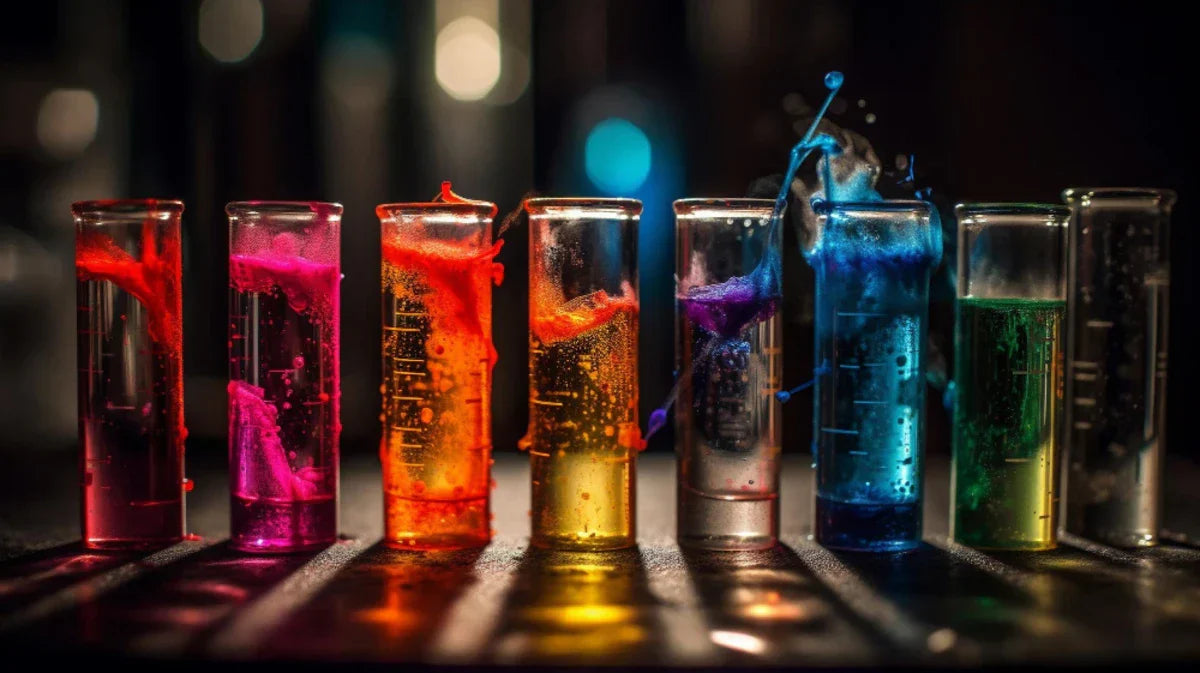
Chemical Reactions
A Simple Change or a New World?
Pamu Chemistry Blog
Countless changes occur around us every day. Iron rusting, bread toasting, a paint mixture drying and hardening... While these may seem like seemingly ordinary events, they are actually reflections of profound chemical processes. So, are chemical reactions simply events in which substances change form? Or does each reaction open the door to a new world?
As Pamu Kimya, we invite you to discover the unseen side of chemical reactions.
What is a Chemical Reaction?
A chemical reaction is the process in which the chemical bonds of one or more substances are broken and new bonds are formed, creating new substance(s) . During this process, the properties of the substances can change completely:
-
Color change
-
Heat release or absorption
-
Gas release
-
Sediment formation
-
New scents or textures
These symptoms are signs that a reaction is occurring. But there's much more going on than meets the eye.
Reactions Are Life Itself
Without chemical reactions, neither life nor modern industry would be possible. Here are a few examples:
-
Breathing: Oxygen reacts with glucose in cells to produce energy (cellular respiration).
-
Cooking: Heat changes the structure of proteins, creating new flavors and textures (Maillard reaction).
-
Paint applications: Polymerization begins with the evaporation of the solvent, forming a new layer that adheres to the surface.
-
Cleaning products: Active ingredients chemically dissolve or break down dirt.
What are the types of reactions?
Chemical reactions are classified under many headings. Here are some of the basic types:
| Reaction Type | Explanation | Example |
|---|---|---|
| Combination | Two or more substances combine to form a single product. | H₂ + Cl₂ → 2HCl |
| Decomposition | A single substance breaks down to form more than one product. | CaCO₃ → CaO + CO₂ |
| Substitution | An element replaces another element. | Zn + HCl → ZnCl₂ + H₂ |
| Double Displacement | Ions exchange places between two compounds. | AgNO₃ + NaCl → AgCl + NaNO₃ |
| Combustion | Reaction of organic compounds with O₂ | CH₄ + 2O₂ → CO₂ + 2H₂O + heat |
| Acid-Base Neutralization | Acid and base forming salt and water | HCl + NaOH → NaCl + H₂O |
Reactions at Pamu Kimya: At the Heart of Production
At Pamu Kimya, we meticulously manage the reactions behind every product. The paint, cleaning, and cosmetic solutions we develop deliver excellent results with the right temperature, pH, and ideal reactivity.
-
In our paint technologies , we obtain long-lasting and durable coatings through polymerization reactions.
-
Our cleaning products provide effective cleaning by chemically reacting with the dirt on the surface.
-
In our cosmetic products , we produce skin-compatible formulas through reactions such as emulsion and esterification.
Every reaction creates not only a product but also a value .
The Ethical Side of Reactions: Sustainable Chemistry
We cannot ignore the environmental impact of reactions. That's why, as Pamu Kimya, we:
-
Reactions that require less energy
-
Low VOC paint formulations
-
Biodegradable and non-toxic products
We are committed to developing. Chemistry is not just about producing, it is about producing responsibly .
Conclusion: Every Reaction is a New Beginning
Chemical reactions are not just processes that change substances; they are processes that give rise to new properties , generate new ideas , and create new products . At Pamu Kimya, we manage every reaction with this awareness, creating not just products, but the future .
Pamu Chemistry – Understanding Chemistry is Shaping the World.

